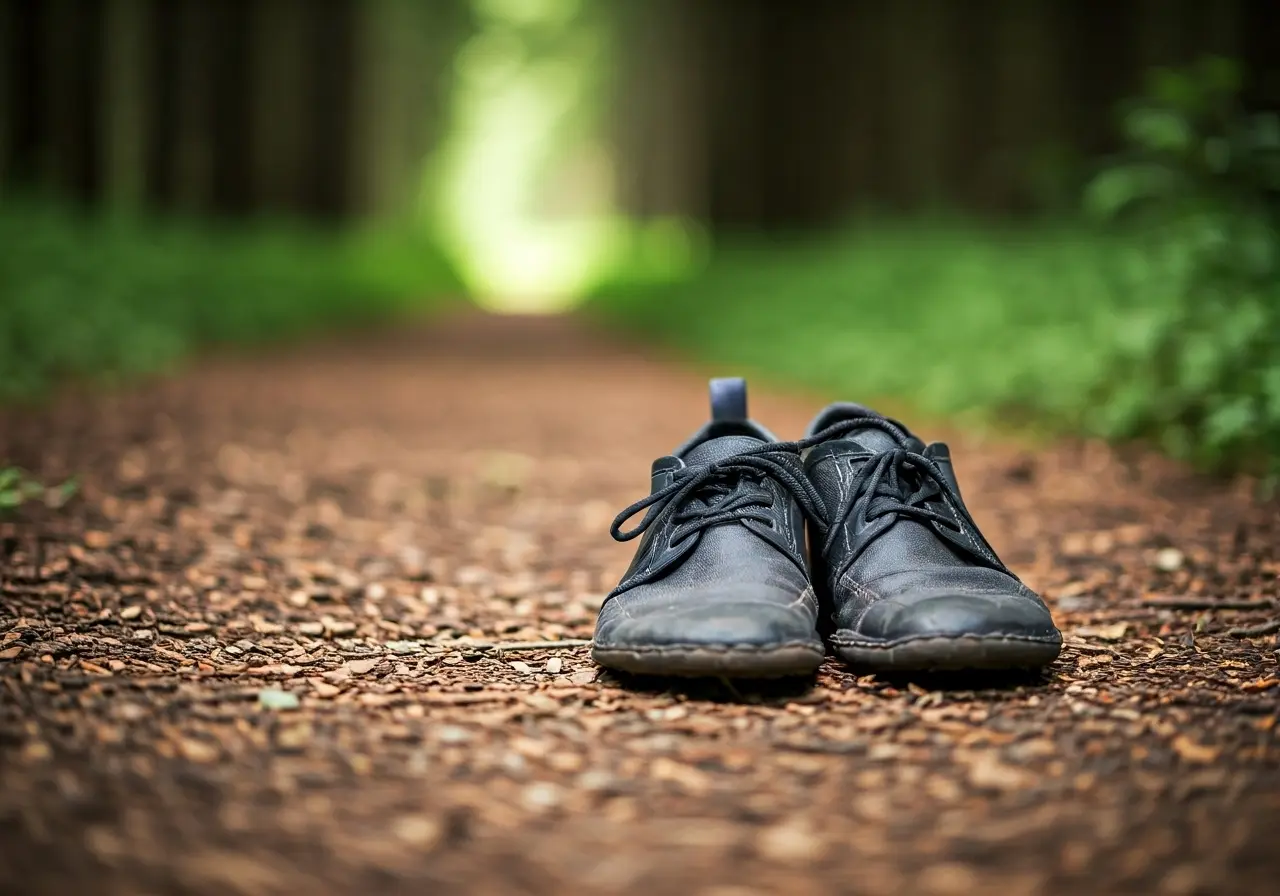
How Do Casual Barefoot Shoes Support Natural Movement?
Are you curious about barefoot shoes and how they might support your natural way of moving? You’re in the right place! Let’s explore what sets casual barefoot shoes apart and why they could be just what your feet need.
Understanding the Concept of Barefoot Shoes
Barefoot shoes are designed to mimic the feeling of walking without any footwear, allowing you to move as naturally as possible while offering some protection.
The concept of barefoot shoes comes from the idea that our feet are naturally designed for the ground. They aim to provide freedom and balance, allowing us to engage our foot muscles effectively. This engagement not only supports the natural structure of the foot but also promotes a healthy gait.
By encouraging natural movement, barefoot shoes help your arches function as they should. Unlike conventional shoes that can over-support, barefoot shoes let your feet act as natural shock absorbers, which can aid in reducing impact-related injuries.
Key Features of Casual Barefoot Shoes
Casual barefoot shoes often feature a flexible sole, wide toe box, and zero-drop design, all of which work together to facilitate natural movement.
A flexible sole is the hallmark of a good casual barefoot shoe, allowing the foot to bend and flex naturally with each step. This flexibility means you can better sense the terrain beneath you, improving your proprioception, or awareness of body position.
Another significant feature is the wide toe box, which provides space for the toes to spread naturally. This can help in minimizing discomfort associated with cramped toes and can contribute to better balance and stability.
The zero-drop design eliminates the heel-to-toe differential, encouraging proper posture and alignment. This design feature allows the feet to function as intended, without the constraints of an elevated heel.
Benefits of Natural Foot Movement
Moving naturally can improve balance, strengthen foot muscles, enhance posture, and reduce the risk of injuries, making daily activities more comfortable.
Natural movement, facilitated by casual barefoot shoes, can lead to stronger muscles in the feet and legs. As these muscles become more robust, you’re likely to experience better stability and balance.
Improved posture is another benefit. These shoes encourage a style of walking and standing that aligns the body from head to toe, reducing strain across joints and muscles.
A lesser-known advantage is the potential reduction in injuries. By allowing feet to act as natural shock absorbers, barefoot shoes may diminish the impact forces that lead to overuse injuries.
Choosing the Right Pair for Your Lifestyle
Selecting a pair of casual barefoot shoes that align with your day-to-day activities is crucial. Consider where and how you’ll be using them to find a perfect match.
For the urban explorer, comfort during prolonged walking sessions might be a priority. In this case, a cushioned yet flexible sole can provide the right balance between city life and natural movement.
If you enjoy hiking or outdoor adventures, look for barefoot shoes with a rugged, slip-resistant sole. These features will help provide the grip and protection necessary for varied terrains.
For those who need versatile options, find a pair that seamlessly transitions from the office to casual outings. Look for designs that don’t compromise on style while still supporting natural movement.
Embrace Natural Movement with Casual Barefoot Shoes
Incorporating casual barefoot shoes into your life can be a game-changer for those wanting to embrace a more natural movement. By aligning with your body’s innate mechanics, these shoes can help you walk, run, and stand in a more balanced way. Give them a try and feel the freedom in your steps!
- Choosing a selection results in a full page refresh.
!


























































